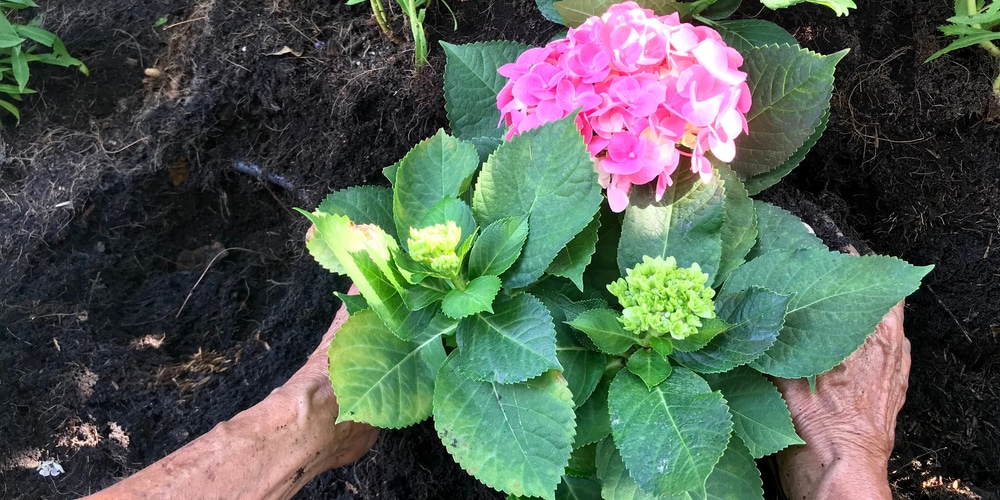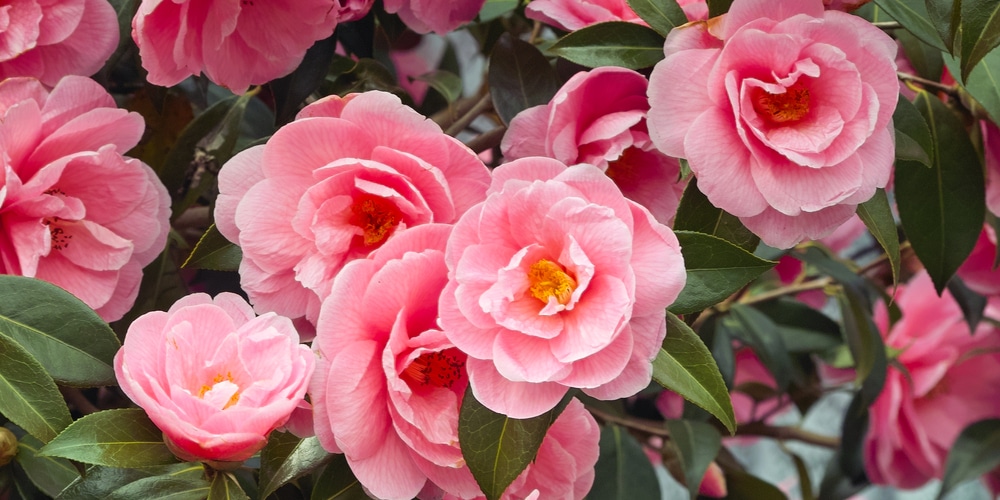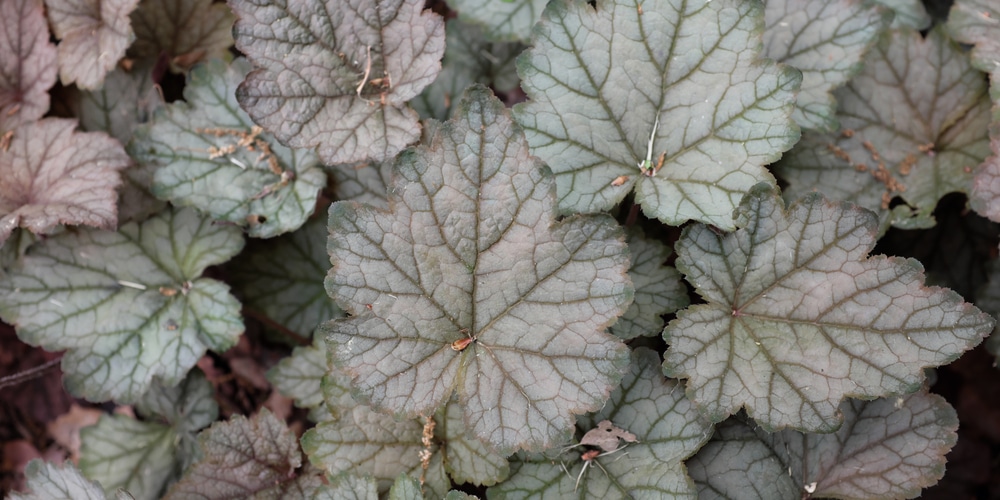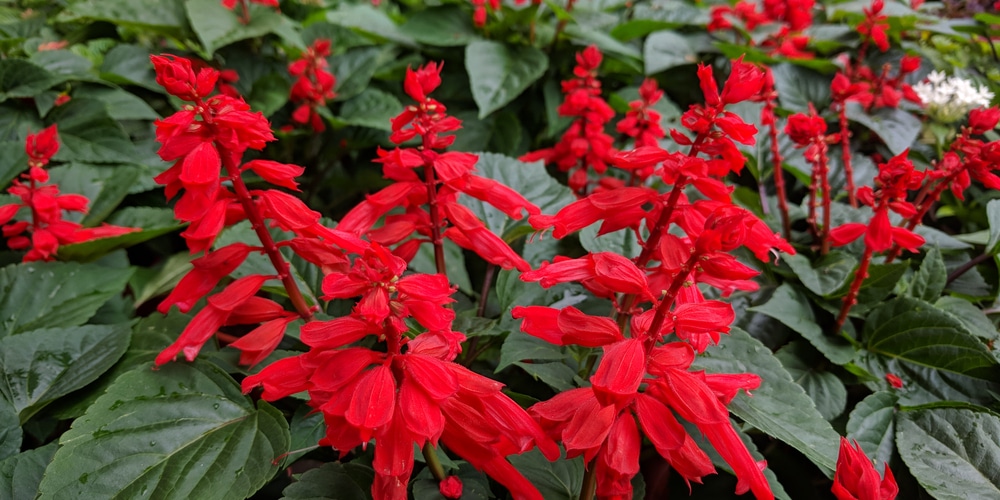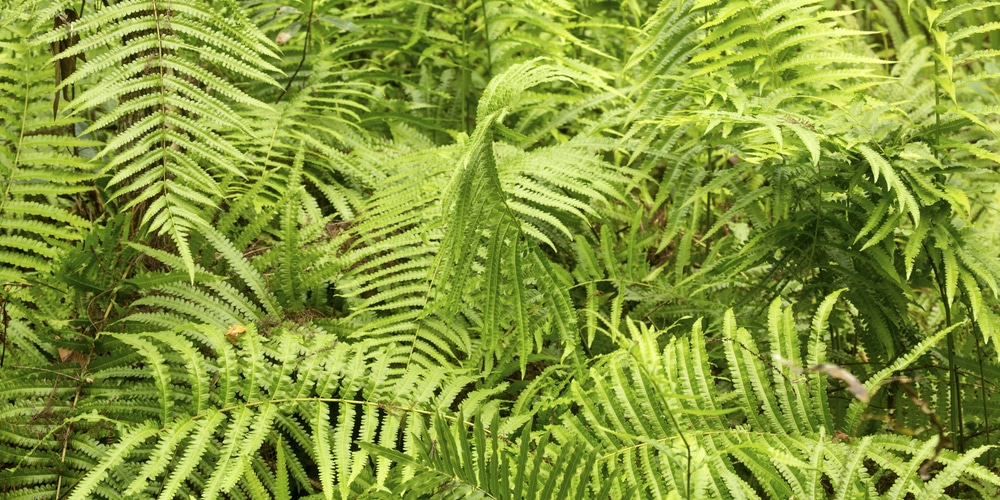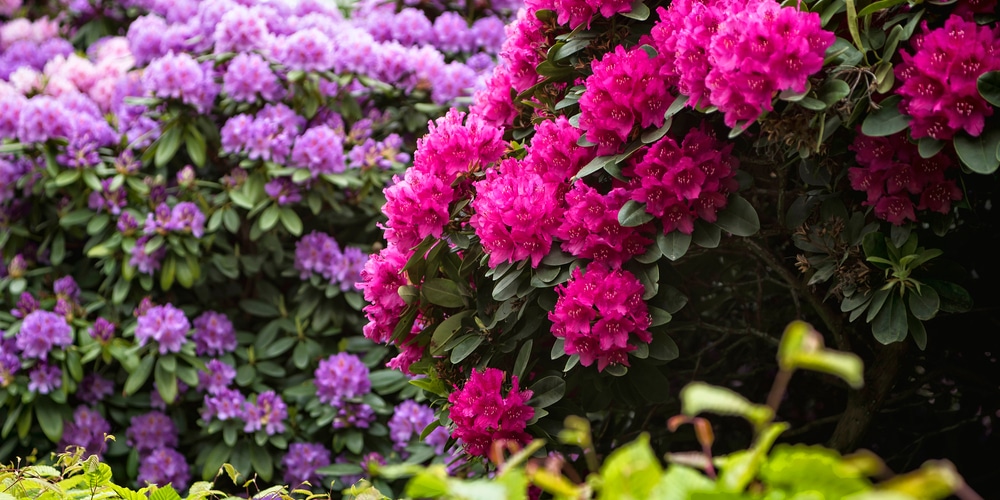Gardenias are flowering plants that will improve the looks of any setting. These elegant plants produce fragrant blossoms and deep green foliage that will enrich your garden through the year. Despite having a reputation for being fussy plants, the extra effort that you’ll have to put in taking care of your gardenias will be worth it in the end. Finding gardenia companion plants is more challenging than other plants because of their growing requirements. Indeed, finding the species to grow with these plants can be tricky. Let’s look at Gardenia Companion Plants.
Gardenia Companion Plants

Don’t forget that the key for successful companion planting is to ensure you select plants with similar needs and requirements that won’t compete with your gardenias for survival. Plants that like partial shade and do well in the morning sun are ideal companions to this species. Plus, gardenias like acidic and well-drained soil. Plants that thrive in such conditions could be good companions if they don’t compete with gardenia’s delicate root system.
Besides choosing plants that do well with gardenias, you may also want to spend some time selecting those that also “look good.” For some inspiration, read our essential guide on gardenia companion plants. Here, you’ll find some ideas that you can put into practice in your yard.
Hydrangeas
You won’t go wrong with pairing gardenias and hydrangeas. The deep green foliage of gardenias looks stunning next to the large and sculpted hydrangeas’ leaves. The two plants will attract beneficial pollinators to your garden. Plus, both thrive in acidic and moist environments, meaning fewer complications for you.
Camellias
To enjoy blooms for longer, consider camellias as your gardenias’ companion plants. Indeed while gardenias bloom in summer and fall, camellias will start producing flowers when low temperatures halt gardenia flower production. You can enjoy summery blooming even during the winter with these two plants. The best thing about putting camellias and gardenias next to each other is that they will thrive without competing for nutrients. They have similar nutrition and water requirements and look stunning together.
Twilight Heucherella
If you are looking for a dramatic effect in your landscape, you can’t go wrong with pairing heucherella and gardenias. Twilight Heucherella’s velvety gray leaves add an elegant touch to any garden. With gardenias, the show gets to the next level.
The dark foliage contrasts nicely with gardenia’s white color and adds a dramatic touch. The result will be stunning. If you are planting gardenias in a container, you can mix the two plants. Indeed, the two thrive in the same soil and water conditions. Because both prefer partial shade, you can plant them together without worrying about light requirements.
Salvia
Adding saliva to your garden will ensure you have a constant supply of this delicious herb. Plus, salvia’s purple vertical flowers beautifully contrast your gardenias. The two plants can attract pollinators, including bees, butterflies, and even hummingbirds, making your garden lively during spring and summer.
Ferns
Ferns look stunning with almost any plant. Because of their dense, brilliant foliage, they create the ideal background for flowering plants. They work particularly well with gardenias because they like moisture and partial shade. Plus, as ferns don’t flower, they won’t distract the attention from your delicate-looking gardenias during the summer.
Related Article: Everything You Need to Know About Growing Ferns in Georgia
Rhododendron
Flowering bushes look stunning with gardenias. Rhododendron has acidic preferences and likes moisture as gardenias do, making the two relatively easy to grow together. The pink flowers contrast with those of gardenias, with stunning results.
Gardenia Companion Plants: The Bottom Line
You can find attractive companion plants to your gardenias that will enhance the looks of your garden while ensuring healthy growth. You have to look for plants that thrive in acidic soils and constant moisture. In this list, we included some of our favorite examples. However, you can try different combinations and find the one that suits your taste better.
Of course, while you must find companions that like acidity just like gardenias do (which can be tricky), that’s not the end to finding ideal pairings. Indeed, you also have to ensure that the plants you select can thrive in your climate conditions. If you live in warm regions, don’t forget to water your plants more regularly to prevent the soil from drying. Take all the measures to make sure your plants not only survive but also thrive in your garden.
